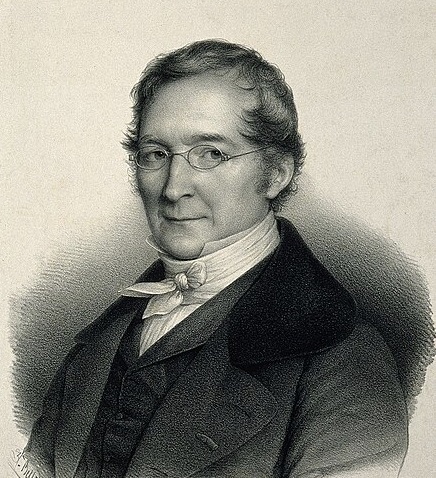
Joseph Louis Gay-Lussac was born on December 6, 1778, in Saint-Léonard-de-Noblat, France. He came from a well-to-do family, and his early education took place at home and later in the Catholic Abbey of Bourdeix. Gay-Lussac’s interest in science and mathematics emerged at an early age, and he pursued further studies at the Collège des Quatre-Nations in Paris.
In 1801, Gay-Lussac entered the École Polytechnique, where he studied under Claude-Louis Berthollet and Antoine Lavoisier. During this time, he began collaborating with Alexander von Humboldt on research related to the behavior of gases. Their work laid the foundation for Gay-Lussac’s most significant contribution to science—the discovery of the law that bears his name.
In 1802, Gay-Lussac formulated what is now known as Gay-Lussac’s Law, which states that the pressure of a gas is directly proportional to its absolute temperature, provided the volume and the quantity of gas remain constant. This law is a crucial component of the combined gas law. The so-called “ideal gas law” (PV = nRT) asserts that the pressure P exerted by a fixed mass of an “ideal gas” is directly proportional to its absolute temperature T and inversely proportional to its volume, V. Boyle’s Law contributed the inverse relationship between pressure and volume, while Gay-Lussac’s Law contributed the relationship between pressure and temperature.
After his discovery of this relationship, Gay-Lussac continued to conduct research on gases and chemical compounds. In 1805, he isolated and characterized cyanogen, a compound containing carbon and nitrogen. He also made significant contributions to understanding the behavior of iodine and its compounds.
Gay-Lussac collaborated with François Arago on various scientific endeavors. Together, they investigated the magnetic properties of substances and made important contributions to the understanding of magnetism. He also collaborated with Alexander von Humboldt in their discovery that water is constituted of two parts of hydrogen per one part of oxygen by volume, eventually leading to its formulation as H2O.
Throughout his career, Gay-Lussac held various academic and governmental positions. He became a professor at the Collège de France and later held the chair of physics at the Sorbonne. In addition to his scientific work, he was involved in practical applications of chemistry, such as the analysis of atmospheric air and the improvement of industrial processes.
Joseph Louis Gay-Lussac died on May 9, 1850, in Paris, France. His contributions to the understanding of gases and chemical compounds, as well as his collaboration with other notable scientists, solidified his place in the history of chemistry and physics. Gay-Lussac’s name is honored in various ways, including the naming of the Gay-Lussac Medal, awarded by the French Academy of Sciences for outstanding work in experimental physics.
